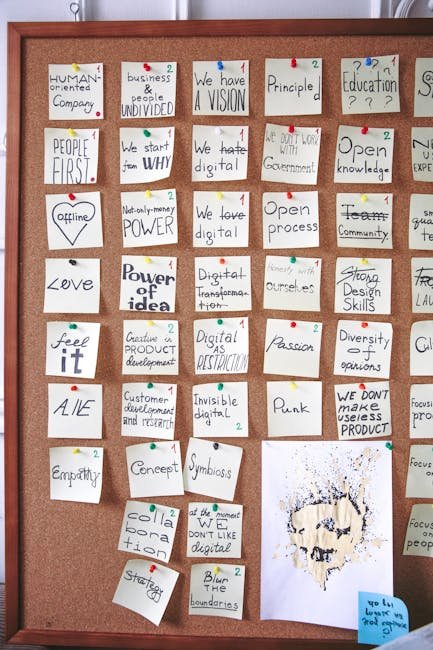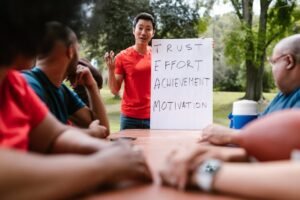Crafting a LeSS Transformation Strategy for Your Organization
In today’s fast-paced business world, agile methodologies have become essential for organizations seeking to improve efficiency and adaptability. Large Scale Scrum (LeSS) is one such framework that helps organizations scale Scrum to large teams. But how can you effectively implement a LeSS transformation strategy in your organization? Let’s dive in and explore some practical steps! 🚀
Table of Contents
1. Understanding LeSS
2. Why Choose LeSS?
3. Steps to Craft Your LeSS Transformation Strategy
4. Overcoming Common Challenges
5. Conclusion
6. FAQ
Understanding LeSS
Before diving into strategy, let’s understand what LeSS is. Large Scale Scrum (LeSS) is a framework that extends Scrum principles to large-scale teams. It emphasizes simplicity, transparency, and the core Scrum values, making it a powerful tool for scaling agile practices across an organization.
Why Choose LeSS? 🤔
LeSS is not just another agile framework; it’s a mindset shift. By opting for LeSS, organizations can:
– Enhance coordination across teams.
– Foster a culture of continuous improvement.
– Maintain simplicity in processes, reducing overhead.
– Achieve better product alignment with business goals.
Steps to Craft Your LeSS Transformation Strategy
Here’s a step-by-step guide to building an effective LeSS transformation strategy:
1. Assess Your Organization’s Readiness 📊
Before embarking on a LeSS transformation, assess how ready your organization is. Consider factors such as current agile maturity, leadership buy-in, and team dynamics.
2. Define Clear Objectives 🎯
Establish what you aim to achieve with LeSS. Is it better product delivery, improved team collaboration, or customer satisfaction? Clearly defined objectives will guide your transformation strategy.
3. Educate and Train Teams 📚
Knowledge is power. Ensure all team members and stakeholders are well-versed in LeSS principles. Conduct workshops and training sessions to align everyone with the new framework.
4. Start Small, Scale Gradually 🐢
Begin your LeSS implementation with a pilot project. This allows you to test and refine your strategies before scaling them across the organization.
5. Foster Continuous Feedback Loops 🔄
Encourage open communication and regular feedback. Use retrospectives and reviews to gather insights and make iterative improvements to your LeSS practices.
Overcoming Common Challenges
Implementing LeSS is not without its challenges. Here are some tips to overcome them:
– **Resistance to Change:** Engage leadership early and communicate the benefits of LeSS.
– **Complexity in Coordination:** Utilize tools and practices that enhance collaboration.
– **Maintaining Simplicity:** Regularly revisit and refine processes to prevent complexity creep.
Conclusion
Crafting a LeSS transformation strategy is a journey that requires careful planning, execution, and adaptability. By understanding your organization’s unique needs and fostering a culture of continuous improvement, you can successfully implement LeSS and reap its many benefits. Good luck on your agile journey! 🌟
FAQ
1. What is the main difference between LeSS and traditional Scrum?
LeSS scales Scrum principles to larger teams, focusing on simplicity and avoiding unnecessary complexity, while traditional Scrum is typically used for smaller teams.
2. How long does a LeSS transformation typically take?
The duration of a LeSS transformation varies depending on the organization’s size and readiness, but it generally takes several months to over a year to fully implement.
3. Can LeSS be integrated with other agile frameworks?
Yes, LeSS can complement other agile frameworks, such as SAFe or Kanban, depending on the organization’s specific needs and objectives.
4. What tools are recommended for a successful LeSS implementation?
Tools that enhance collaboration, such as Jira, Trello, or Confluence, are often used to support LeSS implementation by providing transparency and facilitating communication.













